Automating Unit tests
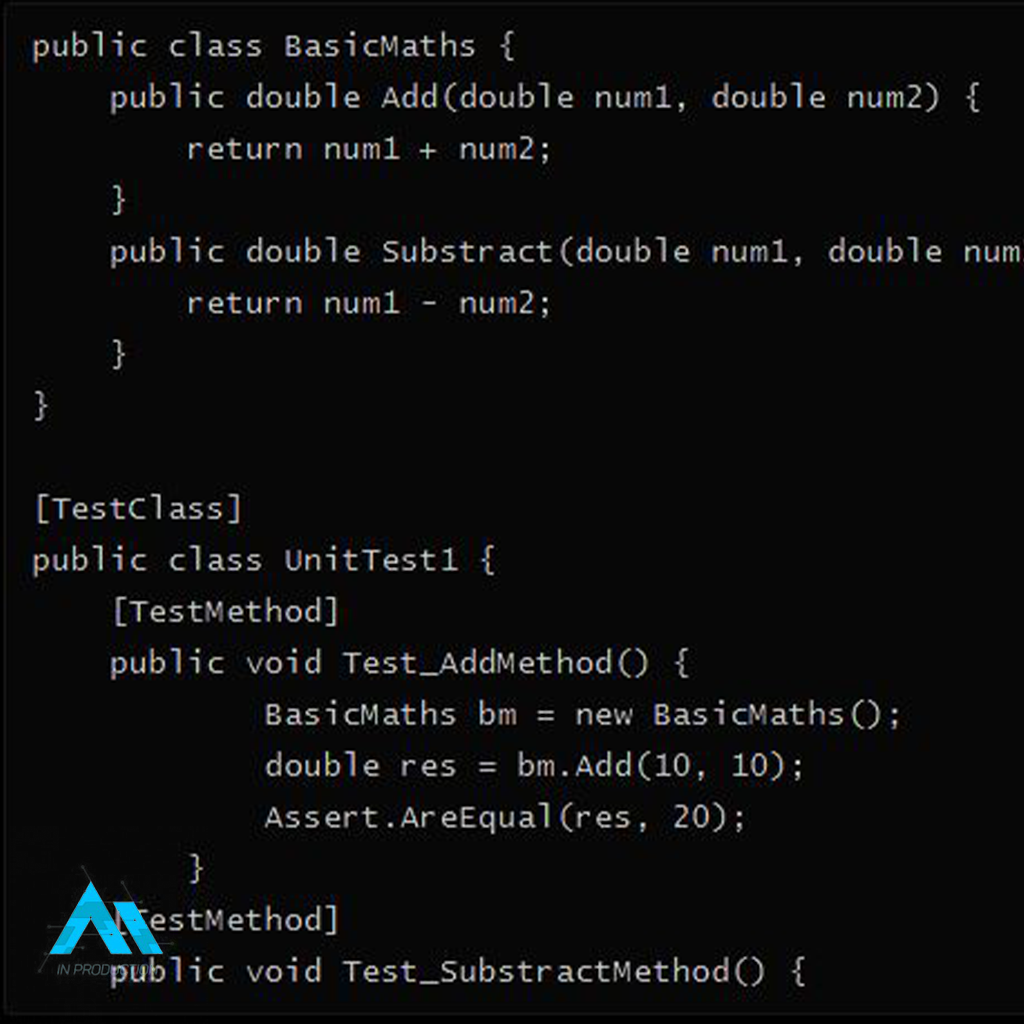
Within this experiment a generic open-source model for generating code was created to avoid the repetitiveness of writing unit tests manually. This makes this use case ideal for automation. In the first example two methods for generating unit tests are presented. We will provide one full example and write down the name of the second method that we expect you to supplemented.
Scan4Stories Closing Event
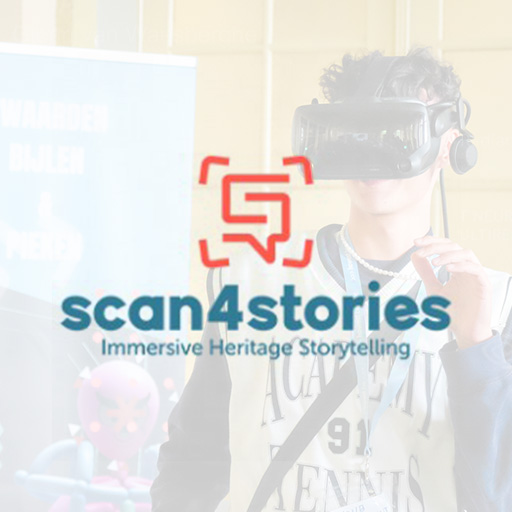
CoG 2021
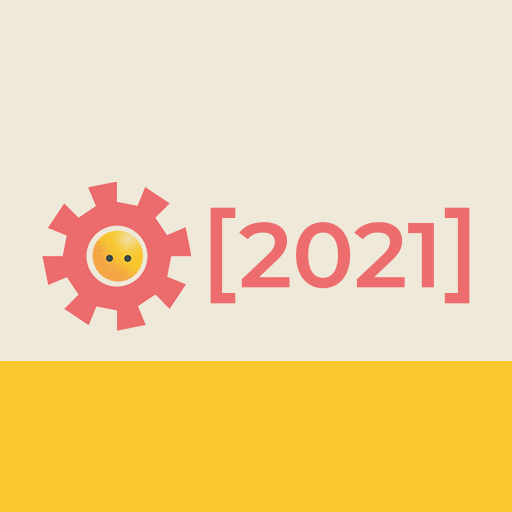
Games offer a limitless domain for computational creativity, design, technology, education, social sciences, and artificial intelligence. The annual IEEE Conference on Games (CoG) is a unique forum for cutting-edge research related to game technologies and design, covering scientific, technical, social and human aspects of games.
CoG was expressly launched to reflect the changing nature of games as technology and media; where concerns merge, overlap, and cross-pollinate. Beginning as an evolution of the Conference on Computational Intelligence and Games (CIG) and later joined by the International Conference on Virtual Worlds and Games for Serious Applications (VS-Games), CoG brings together leading researchers and practitioners from academia and industry, to share recent advances and co-create future directions.
This year’s edition of CoG continues forging the path of attracting an evermore competent and diverse audience. Alongside our traditional types of submission (articles for peer review intended to be included in the conference proceedings), we seek proposals for presentations from both academia and industry in the form of abstracts. Furthermore, it is also possible to apply to present work previously published in the IEEE Transactions on Games journal.
AI Summer School 2021
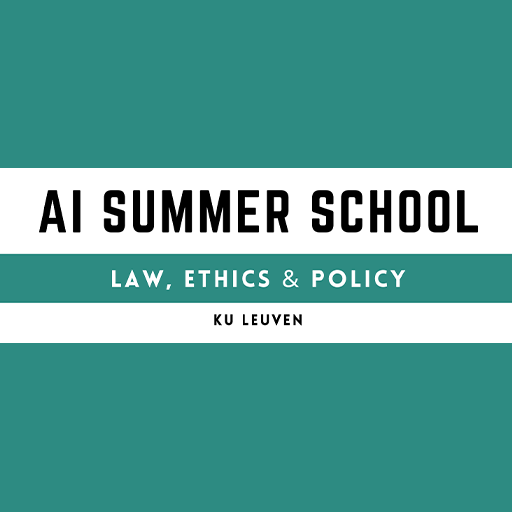
In 2021, KU Leuven organised the first edition of the Summer School on the Law, Ethics and Policy of Artificial Intelligence (AI). Given the programme’s overwhelming success, three editions have taken place thus far. The fourth edition will take place from 1 to 10 July 2024.
The Summer School aims to provide a comprehensive overview of the various legal, ethical and policy-related issues around AI and algorithm-driven processes more broadly. As these technologies have a growing impact on all domains of our lives, it becomes increasingly important to map, understand and assess the challenges and opportunities they raise. This requires an interdisciplinary approach, which is why we are collaborating across faculties and departments to organise this Summer School. The programme’s goal is to offer participants the latest insights on AI from various perspectives, and in particular the fields of law, ethics and policy.
Overview: Speech Synthesis and Conversational AI
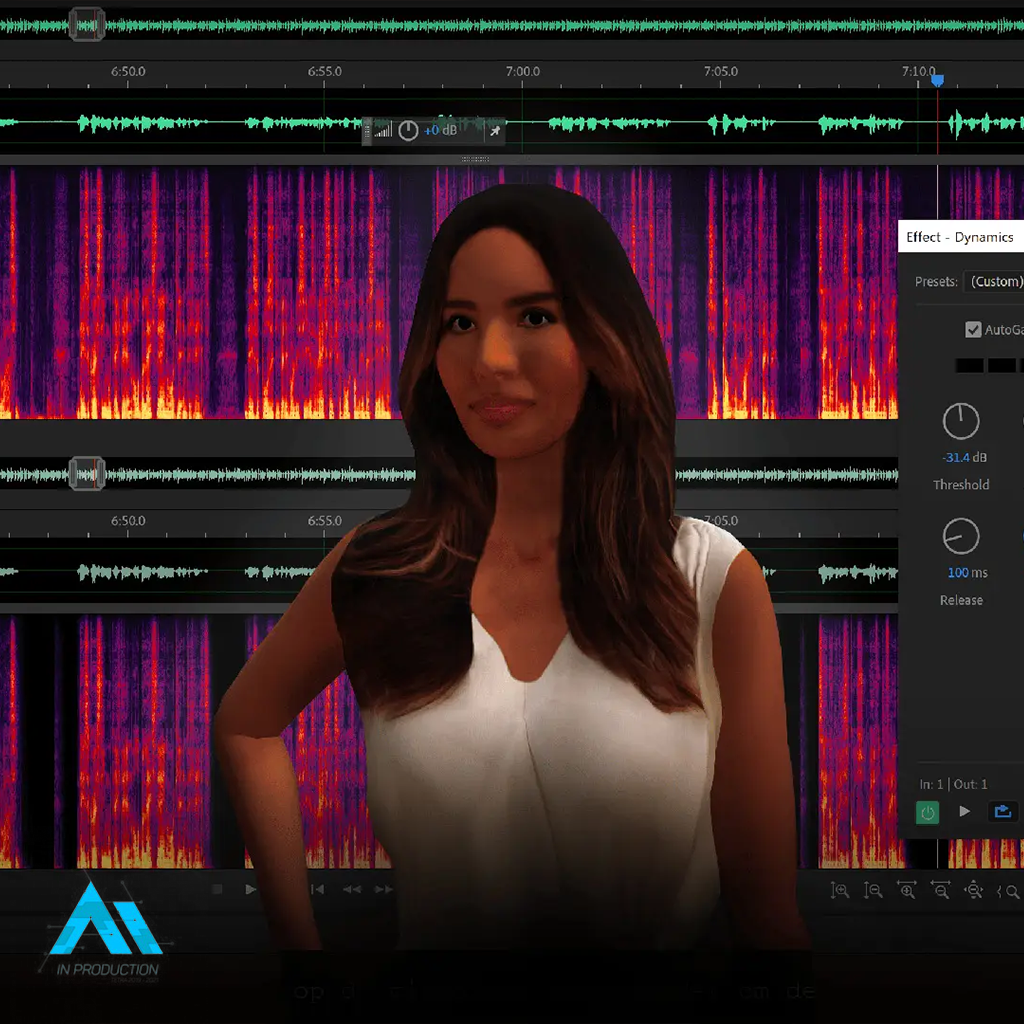
Over the past year, we’ve noticed a number of recent innovations around speech synthesis and conversational AI. So far, the state of the art in this area is not yet at the point where it can be realistically applied immediately in a game or VFX pipeline. That said, innovation never stops, and new techniques and interesting innovations emerge regularly within this field. In this blog post we bundle these for you.
Overview: Video Motion Capture Solutions
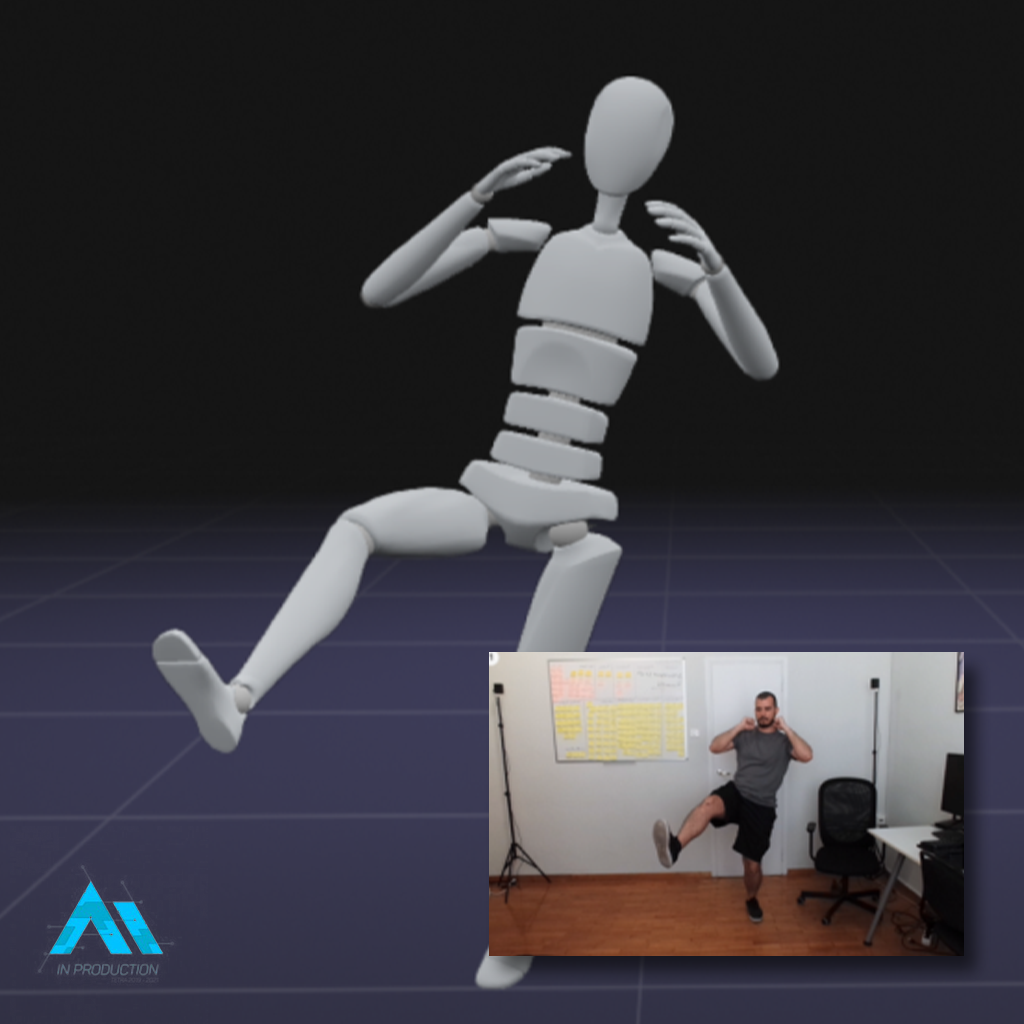
Although Motion Capture is now the international standard for animations of humanoid characters, it is often too expensive for smaller companies.
We regularly hear smaller companies in the game development industry ask the question: couldn’t we just do MOCAP with a camera or webcam, using AI?
The images we have already seen of AI that recognizes people on video images look promising. On top of that, a skeleton is recognized that matches the location and pose of the people in the image.
Within this overview we look at the state of the art of MOCAP systems that only use a webcam or video camera. We discuss how much potential for improvement there is and whether it is worth it for you.
Overview: Automatic Rotoscoping
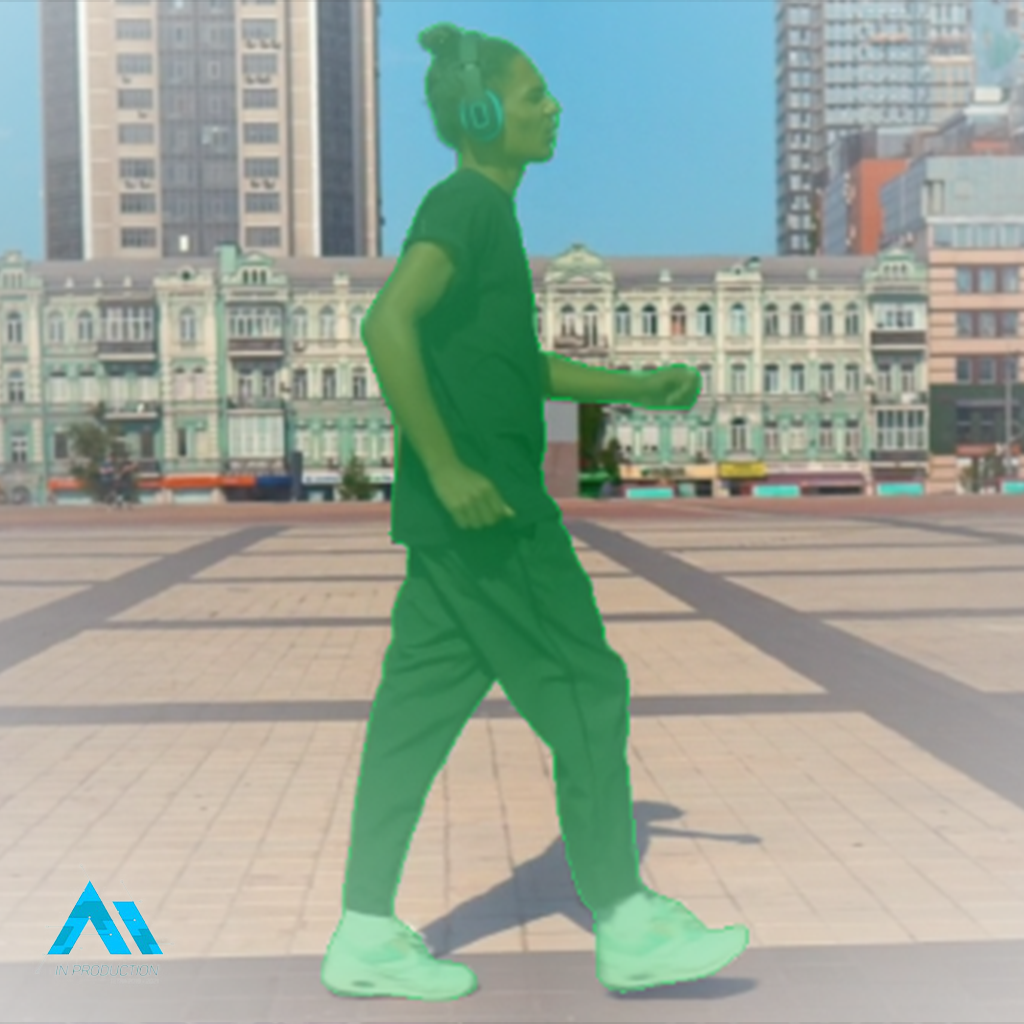
Automatic rotoscoping could speed up a very labor-intensive part of a production. It is therefore interesting to look at where people are so far in research into algorithms that can make this happen. In this blog we look at 4 different, recent techniques and programs that strive for (semi-)automatic rotoscoping.
Overview: Reinforcement learning in games
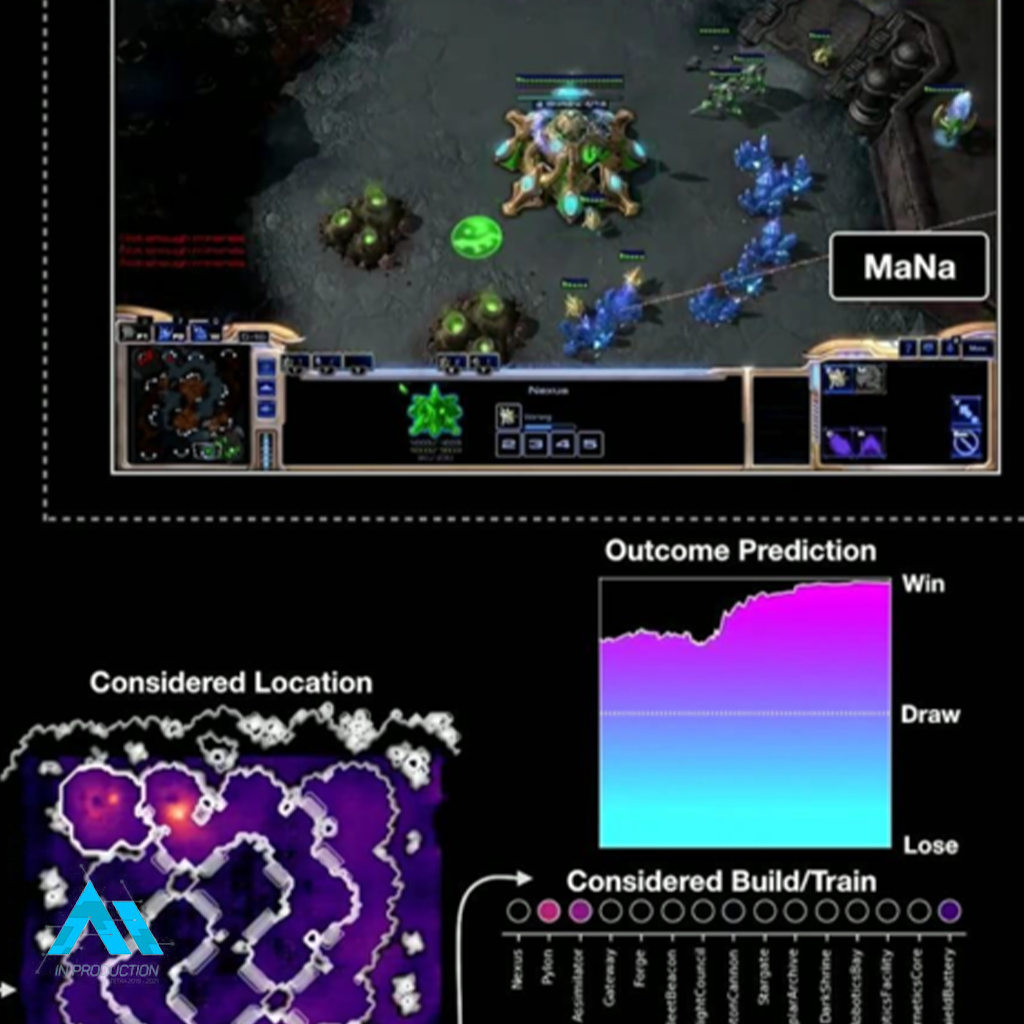
In this blog post we give a brief introduction to Reinforcement Learning (RL) and look at a number of applications within the gaming world. The goal is to stimulate your ideas, and also to demonstrate that you don’t have to be an AI expert to get started with these technologies. We look forward to questions or ideas arising from this blog post and are happy to take all input into account in preparation for the planned workshops.
Procedural 3D

Creating a 3D model using a procedural workflow starts with a simple shape just like classic 3D. Manipulations are then carried out to achieve the intended result after a number of steps. Based on an existing model, a similar model can be obtained by adjusting the parameters associated with those manipulations. The advantage lies in the fact that a large part of the work to create a 3D model can be reused.
Procedural Textile Generation

For a renown Belgian carpet textile manufacturer, we created a workflow for procedurally generating a photo-realistic carpet. We used Houdini, an innovative software package mainly used in the VFX industry to procedurally render and create 3D content, for example special effects in movies. Houdini allows a technical game artist to predefine how the content should look and act by means of scripts and algorithms. This allows great flexibility in rendering a variation of similar but unique visuals of 3D objects.
Procedural Textile Generation

For this use case we ran into the challenge to create a workflow to procedurally create a photorealistic carpet. We used Houdini as it allows a great flexibility in rendering a variation of similar yet unique visuals of 3D elements.
SIVAR
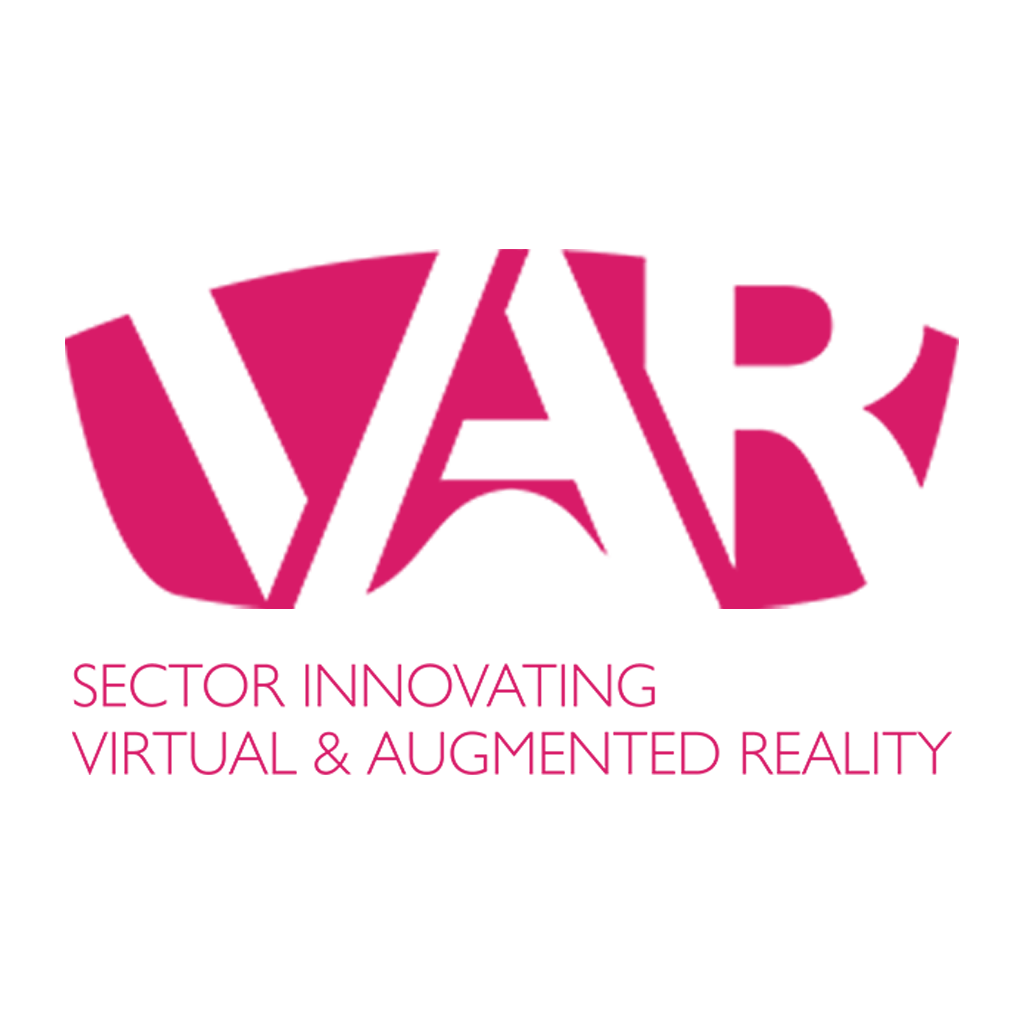
With this “Sector Innovating Virtual & Augmented Reality” project, partners and external organizations are guided in defining this added value in their current workflow. The project consists of two parts: a first part aimed at developing concrete proofs of concept where VR and AR technology is applied within the industrial sector and a second part aimed at a broader knowledge transfer for partners from other sectors.
SIVAR Slotevent

With this “Sector Innovating Virtual & Augmented Reality” project, partners and external organizations are guided in defining this added value in their current workflow. The project consists of two parts: a first part aimed at developing concrete proofs of concept where VR and AR technology is applied within the industrial sector and a second part aimed at a broader knowledge transfer for partners from other sectors.


